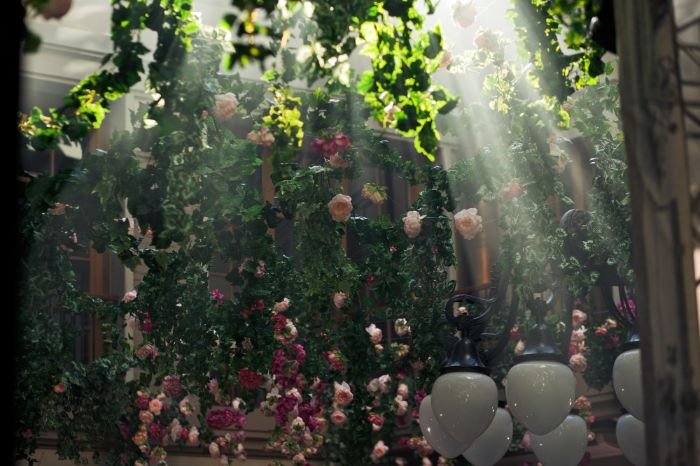Choosing the right flowers for your garden is crucial. It’s important to know which ones work best under your light conditions. Whether your garden is sunny or shady, you need flowers that will thrive. But finding the perfect blooms can be a challenge.
This article will guide you through the flower world. We’ll offer the best choices for each garden type, from sunny spots to shady areas. No matter the light, you’ll find flowers that turn your garden into a stunning paradise. Get ready to learn about flowers that will enhance your garden’s beauty.
Key Takeaways:
- Choosing the right flowers for your garden is crucial for its overall appearance and success.
- There are flowers available that can thrive in any light condition, from full sun to full shade.
- In this article, we will explore the best flowers for different garden types and provide insights on selecting the perfect blooms.
- Whether you have a sun-drenched garden or a shady retreat, there are flowers that can bring beauty and life to your space.
- Stay tuned to find out which flowers are the perfect fit for your garden!
Table of Contents
About Choosing the Right Flowers
When picking flowers for your garden, it’s key to match them with the right light. Each flower needs a specific amount of light. Giving them the light they need is vital for their growth and blossoming. Without enough light, plants won’t grow well, won’t flower, or might die. This part will show you why it’s important to think about light when picking flowers. We’ll also look at what light different flowers need.
The Importance of Matching Flowers to Light Conditions
Picking flowers that fit with the light in your garden is essential. Flowers that love the sun need it to bloom brightly. But, flowers that like the shade will get hurt if they get too much sun. You can make your garden a perfect home for plants by knowing which flowers like what kind of light. This way, all your flowers will grow well and look their best.
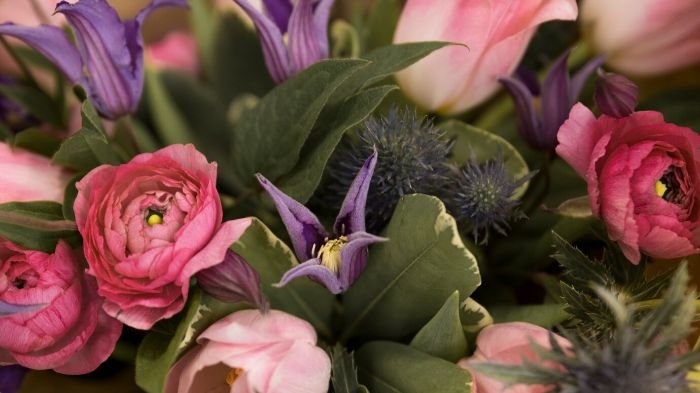
Overview of Light Requirements for Different Flowers
Every flower type has its light needs for good growth and blooming. Some need a lot of sun, getting at least six hours of direct light every day. Others do well in the shade, where there isn’t much sun. Knowing the light needs of your flowers is important for helping them grow.
For example, roses, marigolds, and zinnias love lots of sun. They need it to blossom beautifully. But impatiens, ferns, and hostas prefer the shade. They do best in places with less direct light. Then, some flowers are okay with both sun and shade, like partial shade plants.
Knowing what flowers need what light lets you put them where they’ll do best. With the right light, your flowers will grow healthy, bloom a lot, and color your garden beautifully all season.
Understanding Light Conditions in Your Garden
Before picking flowers for your garden, knowing its light is key. By seeing the light levels, you pick flowers that fit. This will help you figure out your garden’s light just right.
Identifying Full Sun, Partial Shade, and Full Shade Areas
First, find the light spots in your garden. There’s full sun, partial shade, and full shade. Full sun gets at least six hours of direct light daily. Partial shade gets less direct light. And, full shade mostly gets indirect light. Look around your garden at different times to know where each type is.
Tools and Tips for Measuring Light Exposure
There are tools and tips to check your garden’s light. A light meter gives you exact light levels. Or, use your phone with a light app to figure it out. Also, look at the sun’s path, see what shadows show, and beware of light blockages. These tricks help understand different light parts in your garden.
Adapting Your Garden Plan to Light Conditions
After checking the light, tweak your garden plan to fit. For sunny spots, pick flowers that love brightness and can handle dryness. Put flowers that like some shadows in part sun parts. Shade-loving plants are a must for full shade areas. Matching your flowers to the light promises a lovely and thriving garden.
Flowers for Full Sun Gardens
Full sun gardens are perfect for bright and lively flowers to thrive. They get a lot of light, making it a great place for many types of flowers. You can find annuals, perennials, and sun-loving shrubs and vines that will make your garden colorful and beautiful.
Annuals that Thrive in Full Sun
Annual flowers bloom all season long in full sun. Some favorites that do well in bright sunlight are:
- Marigolds
- Petunias
- Zinnias
- Sunflowers
- Portulaca
They are bright and can handle the sun’s heat well.
Perennials Perfect for Sunny Spots
Perennials are great because they come back each year. For areas with direct sunlight, consider including these perennials:
- Lavender
- Black-eyed Susans
- Daylilies
- Coneflowers
- Salvia
These plants need little care once they’ve started growing.
Sun-Loving Shrubs and Vines
Shrubs and vines that love sun can add height to your garden. Some favorites are:
- Rose bushes
- Bougainvillea
- Clematis
- Honeysuckle
- Trumpet vine
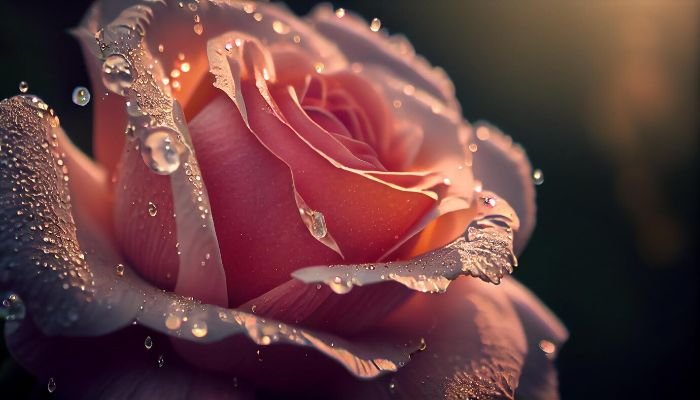
They create a lovely space, with varied textures and beauty.
Top Choices for Partial Shade Gardens
Partial shade gardens have just the right mix of light and shadow. This makes them a special place for plants to grow. Here, you’ll find many plants that can bring color and beauty. Let’s look at some great choices for these gardens.
Annuals for Partial Shade
Annual flowers are perfect for brightening up shady spots. They come in many colors and can handle partial sun. Impatiens, begonias, and coleus are favorites for these gardens. They keep blooming all season even with less sunlight.
Perennials that Bloom in Dappled Light
Perennials add lasting charm to your garden, especially those that love dappled light. Dappled light is sunlight that filters through leaves. Hostas, astilbes, and bleeding hearts are great choices. They bloom and thrive in this soft, filtered light.
Shrubs and Groundcovers for Partial Shade
Shrubs and groundcovers improve the beauty of any garden. In partial shade, some shrubs and groundcovers do very well. Hydrangeas, azaleas, and lamium are examples. They not only like partial shade but also bring shape and variety to the garden.
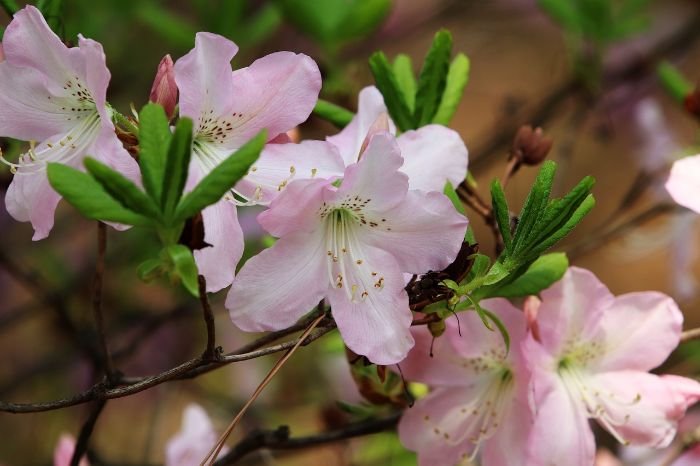
With these top choices for partial shade gardens, your landscape can be full and vibrant. Whether it’s annuals, perennials, shrubs, or groundcovers, you have many options. They add color, texture, and charm to your partially shaded garden.
Beautifying Full Shade Areas
Full shade areas can be tricky to work with. But, there are many flowers you can choose from. Whether your garden is dark or gets just a bit of sunlight, you can still make it look beautiful. The key is to pick the right plants.
Best Annuals for Shaded Gardens
For shady gardens, pick annual flowers that love the shade. Good choices are impatiens, begonias, and coleus. They have bright flowers and leaves. These plants can make any dark garden look lively.
Perennials That Flourish in Full Shade
For plants that keep coming back, choose perennials. They will make your garden look lovely each year. Hostas, astilbes, and ferns do well in shady spots. They add different shades and textures to your garden.
Shaded Area Shrubs and Ferns
Add shrubs and ferns for a more grand look in your shady garden. You can choose from hydrangeas, rhododendrons, and azaleas. These plants bloom and have lush leaves. Ferns also add a wild and natural feel to shaded areas.
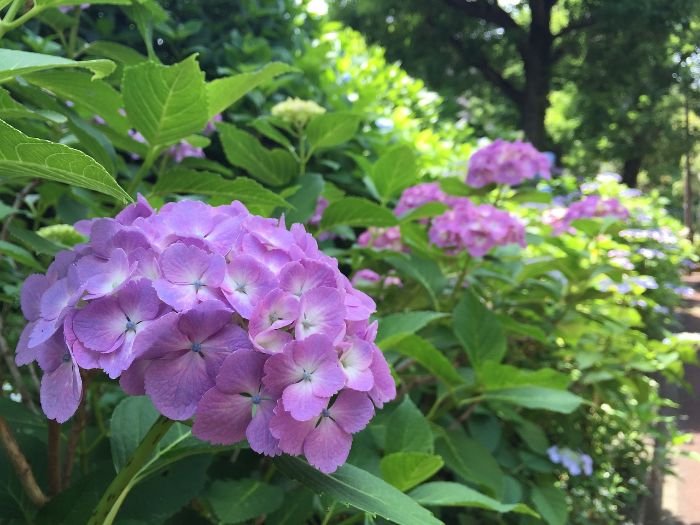
Choosing the right plants can turn your full-shade garden into a haven of life and beauty. Try different plants to see what works best for you. With the right mix of flowers, shrubs, and ferns, your dark outdoor areas can come to life.
Creating Balanced Garden Designs
Combining Sun and Shade Plants for Visual Interest
Creating a balanced garden design is important. You need to think about sun and shade plants. Mix plants that like different light. This makes your garden look nice and match well.
Put sun-loving plants in sunny spots. Add shade-tolerant plants where it’s shady. This way, your garden will have a mix of colors and looks.
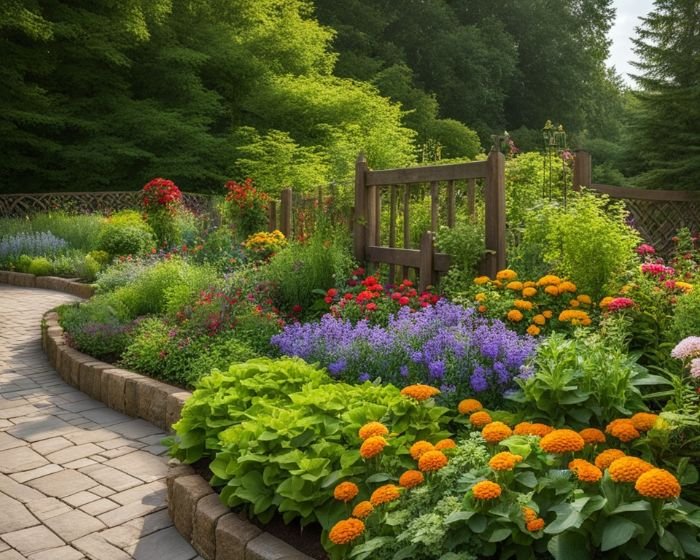
Layering Plants Based on Light Needs
Layering plants is a key part of garden design. Place taller plants in the back. Put shorter plants near the front. This makes your garden both pretty and practical.
Layering also makes your garden look bigger. It shows off plants of all kinds, making it more beautiful.
Designing with Color and Texture in Mind
Thinking about plant colors and textures is vital. Pick plants with different looks. This will add depth and interest to your garden.
For example, mix warm and cool colors for contrast. Add plants with different leaf textures. This will make your garden stand out.
Seasonal Care for Different Light Conditions
Watering Strategies for Sun and Shade
Watering your flowers right is key to their health, especially under different lights. Full sun plants need more water because they get hot and dry out faster. It’s best to water them in the morning or evening to save water from the hot sun.
Shady plants need less water since they are cooler and don’t dry out as fast. Check the soil often. Water them when the top part is dry to the touch. But, don’t give them too much water. Too much water can hurt their roots.
Fertilizing Practices for Optimal Growth
To help your flowers grow strong and bloom a lot, they need food. Plants in full sun like a balanced food with more nitrogen. It helps their leaves and flowers grow. Follow the food’s directions, usually applying it every 4-6 weeks in the growing season.
Shady plants don’t need as much food. Pick a slow-release food with less nitrogen. It feeds them for longer. Too much food is not good, so follow how much the package says to use.
Pruning and Maintenance Tips
Cutting and taking care of your flowers helps them stay pretty and healthy. Sun plants need some pruning. Cut off any dead branches. This keeps the plant safe from sickness. Also, take off old flowers. This can make new flowers grow.
Shady plants, though, usually need less care. But watching them is still smart. Get rid of anything that’s dead or sick. You should also make the plant less crowded. This lets air flow through. And, taking off old flowers helps the plant grow new ones.
Troubleshooting Common Issues
Dealing with Light-Related Stress in Plants
Plants feel stress when they lack light. This can be from too much heat, not enough sunshine, or wrong light levels. Such stress harms their growth and health. It’s key to spot early signs of light stress and fix them fast.
For plant light stress, try these tips:
- Check if your garden light meets your plants’ needs. You might need to move plants or add shade.
- Use grow lights if there’s not enough natural light.
- Watch the air’s hotness and how damp it is. Bad weather can make light stress worse.
- Give plants enough water, adjusting for light and their specific needs.
Pest and Disease Management for Various Light Conditions
Garden pests and illnesses are big problems in any light. Some troublemakers like certain lights more. Knowing this helps you fight them off better.
“Implementing integrated pest management practices can help minimize the use of harmful chemical pesticides while effectively managing pest and disease issues.”
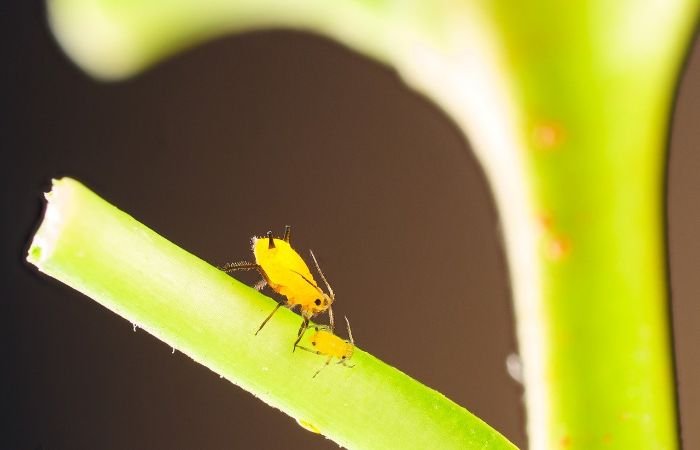
For keeping garden foes in check, these steps help:
- Look out for pests on plants, like eaten leaves or weird growth. Act fast, using friendly pest controls or getting rid of pests by hand.
- Keep your garden clean of leaves and weeds. They can attract bad bugs and illnesses.
- Welcome good bugs that eat the bad ones, like ladybugs.
- Use natural fungicides to stop diseases, especially if your area is damp.
Adapting to Changing Light Conditions Over Time
Your garden’s light can change for many reasons. Trees grow, buildings go up, and weather changes. It’s important to adjust to keep your plants healthy. Watch for signs and make changes as needed.
In light that changes, do this to help your plants:
- Keep an eye on the light your garden gets, seeing if it changes.
- Move plants that don’t like new light conditions to better spots.
- Bring in plants that can handle the changing light.
- Add shades or move things around to get the right light to your plants.
By tackling light-related plant issues head-on, you can keep your garden thriving. This includes handling light stress, watching out for pests and diseases, and adapting to light changes. Doing so makes your garden a happy place for plants to grow.
Conclusion – Cultivating a Thriving Garden in Any Light
Gardening success is possible for anyone, no matter the light. Choose your flowers wisely with the light in mind. This way, you can have a blooming and joyful garden, making your outdoor space beautiful.
Learning which flowers suit the light in your garden is important. Each flower has its own needs. It doesn’t matter if your garden gets a lot of sun or is mostly in the shade. You can find flowers that will do well in any light.
Start by knowing how much light your garden gets. Use tools to measure this. Also, think about mixing sun-loving and shade-loving plants. This mix will make your garden more interesting and balanced.
Follow the tips in this article to make a garden that thrives, whatever the light. Start your gardening adventure now. Enjoy your beautiful garden full of colorful flowers, no matter the amount of sunlight.
FAQ
Can I grow any flowers in my garden, regardless of the light conditions?
Some flowers do very well in different light. But you need to pick ones that fit your garden’s light for the best growth and blossom.
How do I identify full sun, partial shade, and full shade areas in my garden?
Full sun spots get sun for six hours daily. Partial shade gets it for 3-6 hours. Full shade areas get very little or no sun directly.
How can I measure the light exposure accurately in my garden?
You could use a light meter or just watch the shadows each day. Tracking sunny and shady spots helps, too.
What are the best flowers for full sun gardens?
Great choices for full sun include marigolds, zinnias, roses, and coneflowers. Sun-friendly shrubs and vines like bougainvillea and clematis also do well.
What are the top choices for partial shade gardens?
For a bit of shade, go with impatiens, begonias, hostas, and astilbe. Groundcovers and shrubs that enjoy some shade, such as azaleas and lamium, are good, too.
Can I grow flowers in full shade areas?
Yes, you can find flowers for full shade spots. Good options are impatiens, begonias, ferns, hostas, and shrubs like hydrangeas and azaleas.
What should I do if my plants face challenges in different light conditions?
If your plants are stressed by light, adjust the light or shade they get. Always watch for pests and diseases. And be ready to deal with light changes caused by trees or buildings.






